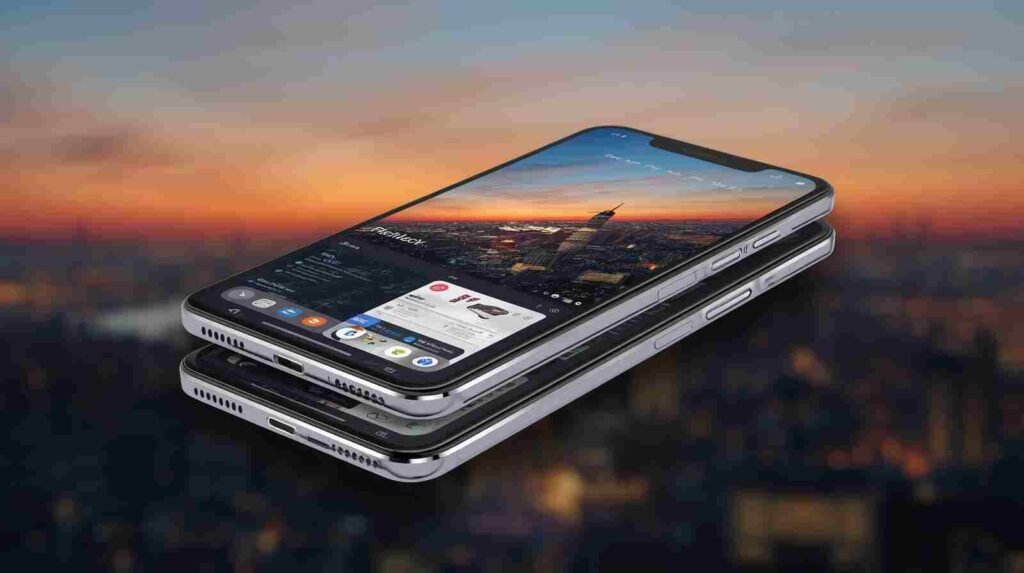Avoid these common mistakes, oversold specs & hidden traps so you buy smart — not just flashy.
Avoid these common mistakes, oversold specs & hidden traps so you buy smart — not just flashy.
🎬 Intro
Buying a smartphone today isn’t just about the highest megapixel count or the biggest number in the spec sheet. With ever-rising prices, aggressive marketing and rapid tech churn, it’s easy to overspend or end up with a device that disappoints after a few months.
This guide covers the top pitfalls to avoid in 2025—from over-focusing on minor specs, ignoring software support, falling for “marketing gimmicks”, to skipping real world checks. Armed with this, you’ll buy a phone that works well for years, not just looks good for a week.
❌ Key Mistakes to Avoid Buying a Phone
Here are the major red flags:
- Chasing the highest megapixels without checking lens quality or OIS — as multiple sources note, high MP doesn’t automatically mean better photos. Hindustan Times+1
- Ignoring software update policy & long-term support — many users buy and forget, but a 3-4 year OS + security patch promise can matter more than small performance gains.
- Buying purely on spec numbers (e.g., RAM, “5G support”) without verifying real-world usefulness (bands, display quality, chipset efficiency). Pai International+1
- Overpaying for features you’ll rarely use (periscope zooms, ultra-high refresh rates, exotic sensors) when a balanced device may serve you better.
- Ignoring after-sales, service network & durability — a strong spec means little if servicing is a headache or parts unavailable.
- Falling for marketing gimmicks or novelty specs instead of checking core usability (battery life, display brightness, software smoothness). Reliance Digital
🧮 Price Tier Table: What to Prioritize & What to Avoid
| Price Tier | What Many Buyers Mistakenly Focus On | What You Should Prioritize | What To Avoid |
|---|---|---|---|
| < ₹15,000 | Big megapixel counts, “latest 5G” buzz | Big battery (4,500-5,000mAh), 120Hz display if possible, decent chipset | Ultra-premium materials, to-the-roof specs you won’t use |
| ₹15,000-₹30,000 | “Flagship grade” elements (periscope zoom, 200MP sensor) | Balanced SoC, good cameras (OIS), strong display, 3+ years updates | Paying flagship price for “top lens only” model |
| > ₹30,000 | Chasing the lowest benchmark numbers, paying extra for tiny spec jumps | Software update promise (4-5 yrs), premium build, IP-rating, real flagship chipset | Discounting repair/service network, ignoring battery longevity |
🔍 Comparison Table: Good vs Bad Buying Behavior
| Feature | Realistic Good Approach | Bad Approach (Avoid) |
|---|---|---|
| Display Refresh Rate | 90-120Hz OLED, decent brightness for outdoors | 144Hz claim on low-cost device with poor brightness |
| Chipset & Performance | Newer 4/5 nm chip, efficient, good sustained performance | Choosing older node just for a big “GHz” number |
| Cameras | Main lens with OIS, good ultrawide, real samples looked at | Big MP number without checking lens size or low-light test |
| Update Policy | 3 OS versions + 4 yrs security (or better) | Ignoring update commitments, assuming future updates will come |
| Battery & Charging | 5,000mAh+ + 45-80W fast charging, health control features | Going only by “fastest charge” numbers without battery health settings |
| After-Sales & Service | Local service centres, good spare part availability | Buying solely on online spec listings, ignoring local support |
| Price vs Value | Paying what you’ll use — balancing features and cost | Paying flagship price for marginal upgrades and soon regretting it |
🔧 High-Tech Traps to Avoid (2025 Edition)
- Minor spec upgrades masquerading as major wins: e.g., “Ultra-high MP” vs “better lens + processing” — high MP isn’t everything. Hindustan Times+1
- Ignoring band support for 5G: A phone that claims 5G but lacks key Indian bands may underperform.
- Finish & materials overshadowing practicality: Premium glass + metal is nice, but if battery life or software lags, it’s pointless.
- Skipping thermals and sustained performance: Benchmark peaks are fine, but if performance drops after 10-15 minutes, that’s bad.
- Believing limited edition or flashy features will add longevity: Software support, repairability, and updates matter more for long-term value. (See concept of planned obsolescence.) Wikipedia+1
📝 Buyer’s Quick Checklist (Before You Pay)
- Confirm update policy and spare-parts/service network.
- Check display in store under sunlight (if possible).
- Take a photo in low light to test main camera’s OIS.
- Calculate “effective price”: MRP minus bank/launch offers/exchange.
- Check charger & accessories bundled (or cost of separate).
- Ensure phone has the key 5G bands you need (n78/n28 etc).
- Weigh if you’re buying features you’ll use, not just ones you think you will.
✅ Final Verdict
Avoiding mistakes is often more valuable than chasing every new spec. If you:
- Focus on long-term usability, not hype,
- Prioritise software support + core specs,
- And skip what you don’t truly need,
then you’ll end up with a phone that serves you well for years — not one you regret when resale value drops or updates stop.
Read Also: Tips to Buy a New Phone in 2025 (India) — Price Tiers, Comparison Tables & Pro Checklist


